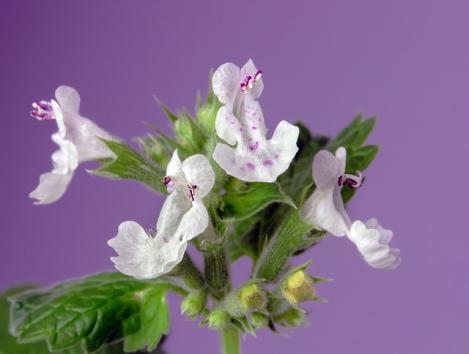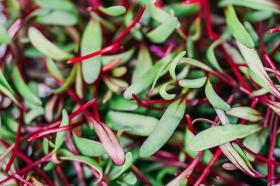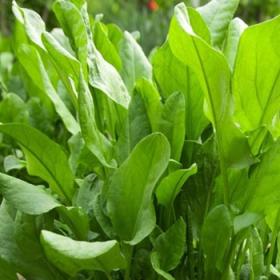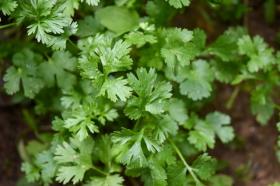
White CatnipWHITE CATNIP, organic seeds
Nepeta cataria
White Catnipis a versatile herb valued for its uses in gardening, as a medicinal plant, and as a favorite treat for cats.Description
- Family: Lamiaceae (Mint family).
- Leaves: Heart-shaped, grayish-green, and covered with fine hairs.
- Flowers: White to pale purple, often with purple speckles. Blooms from mid-summer to late autumn.
- Height: 40–100 cm (16–40 inches).
- Aroma: Lemon-like scent, which is particularly attractive to cats
Growing Conditions
Light
- Prefers full sun but tolerates partial shade.
Soil
- Thrives in well-drained, moderately fertile soil.
- Can tolerate sandy or dry soil.
- Optimal pH: 6.0–7.5.
Planting
- Seeds: Sow directly outdoors in spring or start indoors 6–8 weeks before the last frost.
- Sowing depth: About 0.5 cm (¼ inch).
- Spacing: Space plants 30–40 cm (12–16 inches) apart to allow for spreading.
- Propagation: Can also be propagated by cuttings or by dividing root clumps.
Watering
- Drought-tolerant once established, requiring moderate watering. Avoid waterlogged soil, as it can lead to root rot.
Fertilizing
- Fertilizer is generally unnecessary, but compost or a balanced fertilizer can be added to poor soil.
Care
- Catnip self-seeds easily, so to control spread, trim back spent flowers before they go to seed.
- Pruning after the first bloom encourages denser growth and additional flowering.
White Catnip (Nepeta cataria)
White Catnip, also known simply as Catnip or Catmint, is a versatile herb valued for its uses in gardening, as a medicinal plant, and as a favorite treat for cats.
Description
- Family: Lamiaceae (Mint family).
- Leaves: Heart-shaped, grayish-green, and covered with fine hairs.
- Flowers: White to pale purple, often with purple speckles. Blooms from mid-summer to late autumn.
- Height: 40–100 cm (16–40 inches).
- Aroma: Lemon-like scent, which is particularly attractive to cats.
Growing Conditions
Light
- Prefers full sun but tolerates partial shade.
Soil
- Thrives in well-drained, moderately fertile soil.
- Can tolerate sandy or dry soil.
- Optimal pH: 6.0–7.5.
Planting
- Seeds: Sow directly outdoors in spring or start indoors 6–8 weeks before the last frost.
- Sowing depth: About 0.5 cm (¼ inch).
- Spacing: Space plants 30–40 cm (12–16 inches) apart to allow for spreading.
- Propagation: Can also be propagated by cuttings or by dividing root clumps.
Watering
- Drought-tolerant once established, requiring moderate watering. Avoid waterlogged soil, as it can lead to root rot.
Fertilizing
- Fertilizer is generally unnecessary, but compost or a balanced fertilizer can be added to poor soil.
Care
- Catnip self-seeds easily, so to control spread, trim back spent flowers before they go to seed.
- Pruning after the first bloom encourages denser growth and additional flowering.
- Uses
For Cats:
- Contains nepetalactone, a compound that induces playful or relaxed behavior in cats.
- Commonly used in cat toys, dried mixes, or as a fresh treat.
As a Medicinal Herb:
- Known for its calming effects – often brewed into tea to relieve insomnia, anxiety, and digestive issues.
- Offers anti-inflammatory and sweat-inducing properties.
In Gardening:
- Attracts pollinators like butterflies and bees.
- Works as a decorative ground cover or border plant in gardens.
Natural Pest Repellent:
- Repels pests like mosquitoes and aphids when planted near vegetables or other crops.
Packet 50 seeds








